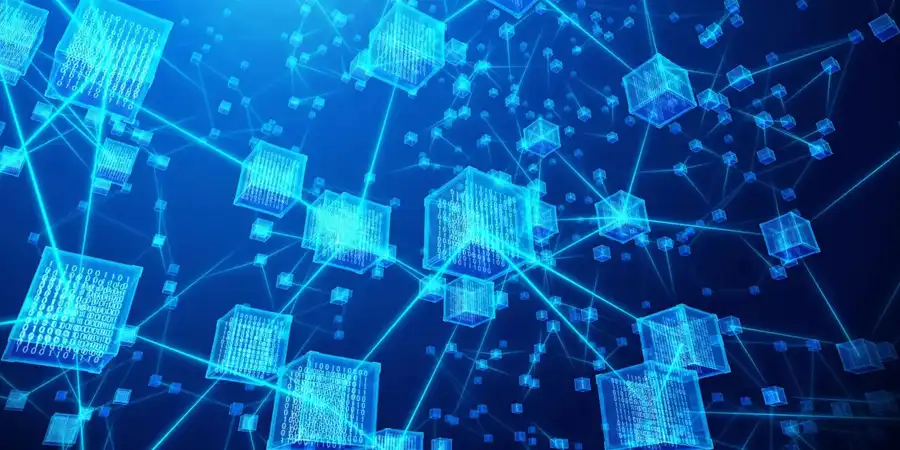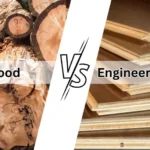For many years, blockchain was seen as a mysterious technology reserved for the world of cryptocurrencies. People associated it mostly with Bitcoin, digital wallets, and speculative trading. But as the technology matures, it’s becoming clear that blockchain’s true potential lies far beyond finance. It is quietly reshaping how we live, work, and interact every day. From how we shop to how we verify information, blockchain is weaving itself into the fabric of modern society—often in ways we don’t even realize.
One of the most visible ways blockchain is transforming everyday life is through supply chain transparency. Until recently, most consumers had little idea where their products came from, who made them, or how they reached the shelves. Blockchain changes this by creating an immutable digital record of every step a product takes—from raw materials to final delivery. When you buy a piece of chocolate or a designer handbag, you can scan a QR code to see its full history: where the cocoa was grown, whether it was ethically sourced, or if the item is authentic. This level of visibility builds trust between brands and consumers, helping to combat counterfeiting, unethical labor practices, and environmental greenwashing. Companies in food, fashion, and even pharmaceuticals are already using blockchain to ensure accountability at every stage of production.
In healthcare, blockchain is improving how medical data is stored and shared. Traditionally, patient records are scattered across hospitals, clinics, and insurance providers, often leading to errors or delays in treatment. Blockchain provides a unified and secure way to manage medical information. Each patient can have a digital identity that holds encrypted health data, accessible only to authorized doctors or specialists. This ensures privacy while enabling faster, more accurate diagnoses and treatments. It also allows researchers to access anonymized data for studies without compromising patient confidentiality. Over time, this approach could lead to smarter healthcare systems, lower administrative costs, and better patient outcomes.
The way people prove and protect their identities is also being revolutionized. In a world increasingly dominated by online interactions, identity theft and data breaches have become major concerns. Blockchain-based identity systems give individuals control over their personal information by allowing them to store it securely and share it selectively. Instead of relying on centralized databases that can be hacked, users can manage their credentials—such as passports, driver’s licenses, or educational certificates—through encrypted digital wallets. This decentralized approach means that personal data no longer needs to pass through multiple intermediaries, making it both safer and more efficient. It’s a major step toward digital self-sovereignty, where people, not corporations, own their online identities.
Another everyday impact of blockchain can be seen in how it’s transforming the energy sector. As renewable energy grows in importance, blockchain is enabling a more decentralized energy grid where individuals can generate, trade, and sell electricity directly. Imagine having solar panels on your roof and selling excess power to your neighbor without involving a utility company. Blockchain makes this possible by recording each transaction securely and transparently. It also helps track carbon credits and renewable energy certificates, allowing consumers and companies to verify the environmental impact of their actions. This system not only promotes sustainability but also reduces costs and encourages communities to adopt clean energy.
Even the world of entertainment and digital art is feeling blockchain’s influence. Through tokenization and non-fungible tokens (NFTs), creators can now sell digital content with proof of ownership and authenticity. Artists, musicians, and writers no longer need to rely on intermediaries like record labels or publishers to reach audiences. They can monetize their work directly, keeping a larger share of their earnings. For collectors, blockchain provides a transparent way to verify that a digital item is genuine and not a copy. While the initial NFT craze was marked by speculation, the technology behind it continues to open new doors for fair compensation and creative freedom in the digital economy.
Underlying all these changes is a shift in how trust is built in the digital age. For centuries, trust was managed through institutions—banks, governments, and corporations that acted as middlemen. Blockchain replaces that institutional trust with mathematical trust. It doesn’t ask you to believe; it lets you verify. Every transaction or record can be independently confirmed, eliminating much of the uncertainty and inefficiency that comes with centralized systems. This paradigm shift has implications for nearly every aspect of life, from voting and education to property ownership and charitable donations.
What makes blockchain truly revolutionary is that it empowers individuals without requiring them to be technical experts. Its applications are being designed to blend seamlessly into existing systems, enhancing them rather than replacing them overnight. You don’t have to understand cryptographic algorithms to benefit from faster remittances, safer data storage, or transparent supply chains. As blockchain continues to evolve, its impact will become as invisible yet essential as the internet itself.
In the end, blockchain’s greatest achievement might not be the invention of digital money, but the creation of digital trust. By giving people more control, accountability, and transparency in their daily interactions, it’s redefining what it means to live in a connected world. The technology that once powered cryptocurrencies is now powering a new era of empowerment, where fairness, security, and innovation are no longer ideals—they’re everyday realities.






